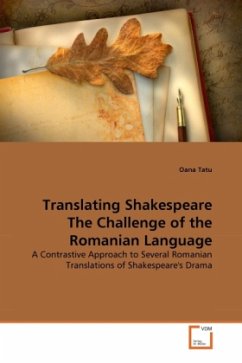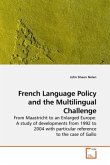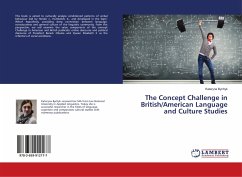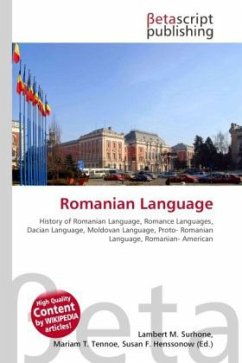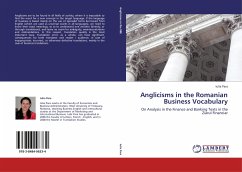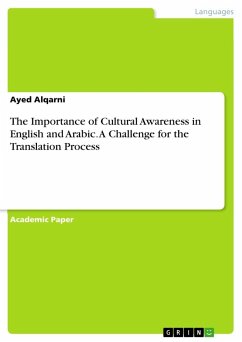The aim of this study is two-fold: first, to approach, in a contrastive manner, a fair number of Romanian translations of the Shakespearean drama made between the early XIX-th century and present time; second, to map the more sensitive areas where the two languages and cultures depart and record the solutions adopted by Romanian translators in order to bridge the gaps between English and Romanian. The author has thus engaged in the task of pinpointing and then highlighting the most significant challenges the Shakespearean text brings up with each and every occasion of reading or translating it; more specifically, she focuses on three language levels alone, deemed as the most problematic in this respect: the phonetic one (below word level), the lexical one (at word level), and finally, the syntactic one (above word level). Then, within several translation versions, equivalent structures are found for each of the items identified as problematic.
Bitte wählen Sie Ihr Anliegen aus.
Rechnungen
Retourenschein anfordern
Bestellstatus
Storno

